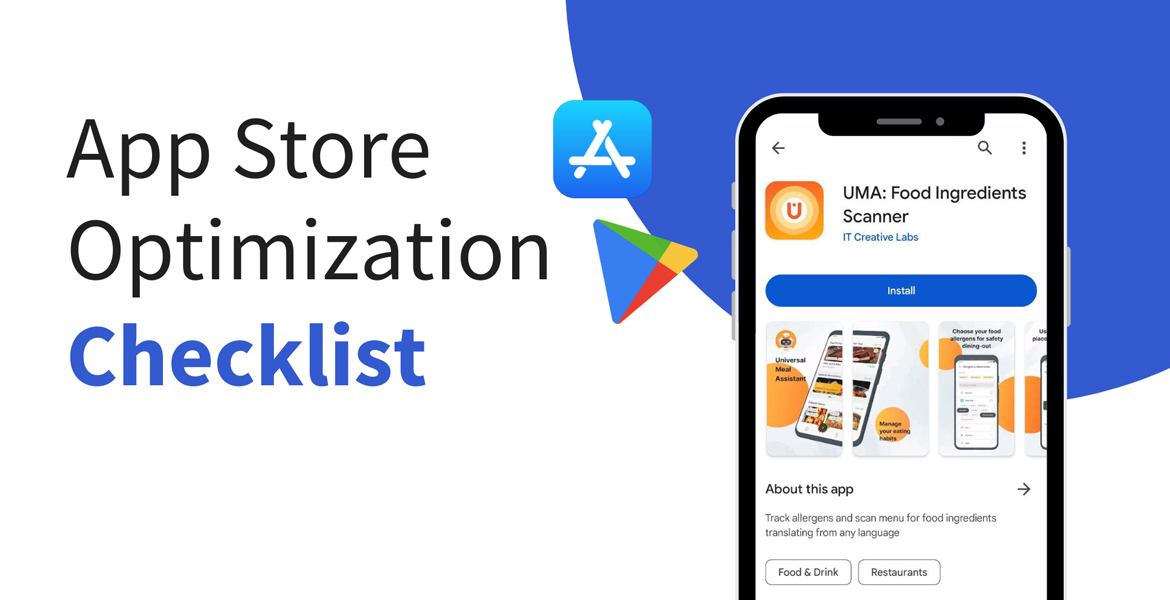App Store Optimization (ASO) is the process of optimizing mobile apps to rank higher in app store search results. It involves improving the visibility of an app in the app stores (such as Apple App Store, Google Play Store, etc.) to increase organic downloads and drive user acquisition.
ASO incorporates various strategies and tactics to optimize different elements of an app listing, including metadata (such as app title, description, keywords), visual assets (such as app icon, screenshots, preview videos), and user engagement factors (such as reviews, ratings, and downloads).
By optimizing these elements, app developers and marketers can increase their app’s visibility, attract more qualified users, and ultimately maximize their app’s potential for success.
Table of Contents
- Is ASO Still Important in 2024?
- Competitor Analysis
- Conducting Keyword Research
- Optimizing the App Title
- Write Effective Subtitle/Short Description
- Optimizing Keywords List for the App Store
- Localization in the App Store
- App Icon Design
- App Screenshots
- App Video
- A/B Testing
- Reviews & Ratings
- Regular Updates
- Monitoring App’s Performance
- Iteration
- Conclusion
Is ASO Still Important in 2024?
In 2024, app store optimization continues to be essential due to the increasing competition in the mobile app marketplace.
With millions of apps vying for user attention, ASO helps apps improve their visibility and discoverability, leading to increased organic downloads and user acquisition.
Additionally, ASO ensures apps stay competitive by adapting to changes in app store algorithms, driving continuous improvement based on performance metrics and user feedback.
A well-executed ASO strategy can significantly impact your app’s performance by ensuring it ranks higher in app store search results, stands out among competitors, and appeals to your target audience.
To help you achieve effective ASO, we’ve compiled a checklist that, when followed, will increase the visibility of your app:
Competitor Analysis
Competitor analysis helps gain valuable insights into the strategies and tactics used by competing apps.
Start by identifying direct competitors in your app niche or category. Look for apps that offer similar features, target the same audience, or compete for similar keywords in app store searches.
Study the app titles, subtitles, and descriptions of your competitors. Identify the keywords they are targeting and how they communicate their unique value propositions. Also examine the app icons, screenshots, and preview videos used by competitors.
Don’t forget to analyze the user ratings and reviews of competing apps. Pay attention to common user feedback, positive aspects, and areas of improvement. Understand what users like and dislike about competing apps.
Finally, based on your analysis, identify the strengths and weaknesses of competing apps. Understand what makes certain apps successful and where they may be falling short in terms of user satisfaction or visibility.
Important Note: Competitor analysis is an ongoing process. Continuously monitor changes in the competitive landscape, adapt your ASO strategy based on new insights, and strive to stay ahead by offering unique value and addressing user needs effectively.
Conducting Keyword Research
Keyword research is a crucial step in ASO to identify relevant keywords that users are using to search for apps like yours. To begin, it’s important to understand your target audience and the language they use when searching for apps similar to yours. Start by brainstorming seed keywords that describe your app’s main features, functionalities, and purpose.
Next, leverage ASO tools such as AppFollow, Sensor Tower, or Asodesk to generate keyword ideas and analyze search volume and competition levels. Pay attention to keyword relevance and difficulty, aiming for a balance between high search volume and manageable competition.
When selecting keywords, consider both short-tail (single-word or two-word phrases) and long-tail keywords (phrases containing three or more words). Long-tail keywords are often less competitive and more specific, catering to users with clear intent.
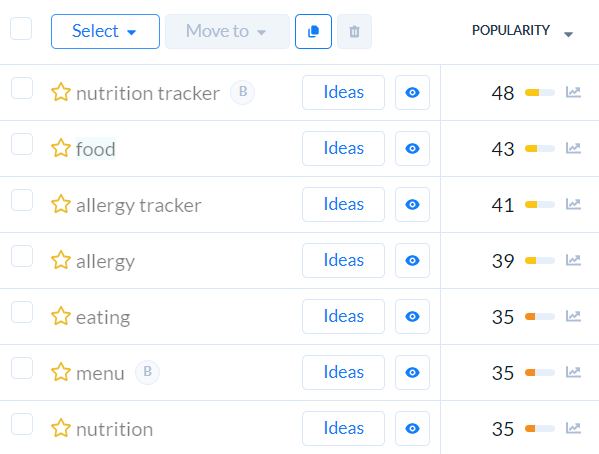
It’s also valuable to analyze competitor keywords to gain insights into successful strategies within your app category. Identify common themes and terms used by competitors who rank well in app store searches.
Lastly, continually track keyword performance and be prepared to iterate your keyword strategy based on app store algorithm updates, user behavior changes, and evolving market trends. Keyword research is an ongoing process that requires regular monitoring and adjustment to optimize your app’s discoverability effectively.
Optimizing the App Title
The app title for both the App Store and Google Play improves your app’s visibility and discoverability. Here are some key considerations and tips for optimizing your app title on both platforms:
App Store:
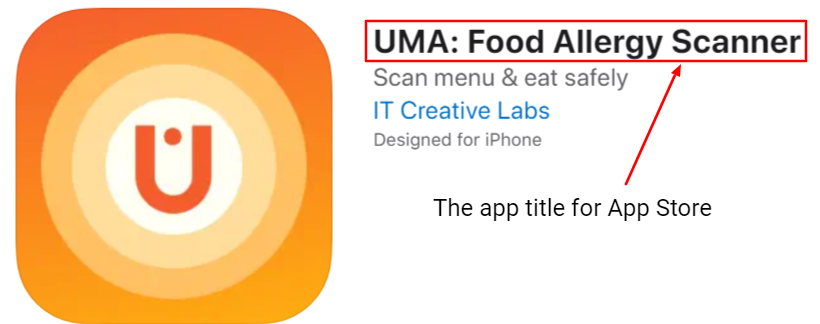
- Length: Aim for a concise app title of around 30 characters or less.
- Clarity: Your app title should clearly convey what your app does in a concise manner. Aim for a title that is easy to understand and memorable.
- Relevance: Incorporate relevant keywords that users are likely to search for when looking for apps like yours. Place the most important keywords towards the beginning of the title.
Google Play:
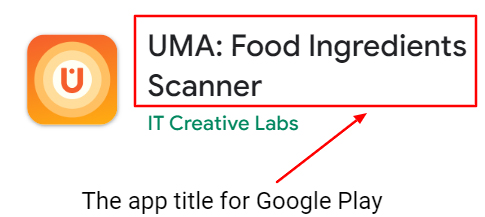
- Length:Google Play allows for longer app titles compared to the App Store. You can use up to 50 characters for your app title on Google Play.
- Placement: Google Play gives more weight to keywords in the app title compared to the App Store. Include important keywords directly in the title for better search visibility.
- Localization: If your app targets multiple countries or regions, consider localizing the title to cater to different languages and cultural nuances.
Write Effective Subtitle/Short Description
The description of your app provides additional context and entices users to learn more or download your app.
Subtitle For the App Store:
When optimizing your subtitle for the App Store, it’s essential to concisely convey the most compelling aspects of your app. With a limit of up to 30 characters, every word counts. Focus on highlighting the key benefit or unique selling point of your app that sets it apart from competitors.
Important Note: Avoid keyword duplication in the App Store. When crafting your subtitle for the App Store, ensure that you do not duplicate keywords that already appear in your app’s title. Apple’s guidelines discourage keyword stuffing and duplication, so use this space to complement your app’s title with additional relevant information and benefits.
Short Description for the Google Play:
On Google Play, you have a bit more flexibility with a short description limit of up to 80 characters. Here, you can expand slightly on the benefits and features of your app.
Focus on highlighting the most outstanding features that resonate with your target audience and differentiate your app. Craft a concise message that captures the essence of what your app offers and why users should choose it over others. Integrate relevant keywords seamlessly into the short description to enhance search visibility and attract the right audience.
Optimizing Keywords List for the App Store
The keywords field allows up to 100 characters, and you should use commas to separate individual keywords. Avoid using spaces before or after commas to maximize character usage.
Do like this:

Regularly update your keywords based on performance data and changes in user behavior. Monitor the effectiveness of keywords and be prepared to make adjustments to optimize your app’s discoverability.
Localization in the App Store
Localization in the context of app stores refers to adapting your app’s metadata and content to suit different languages and cultural preferences of specific target markets. This includes translating your app’s title, description, keywords, and screenshots into local languages to improve discoverability and user engagement.
Localized app listings in the App Store make your app more accessible and appealing to users worldwide, increasing the likelihood of downloads and user retention. By tailoring your app’s presentation to match the language and cultural nuances of diverse markets, you can effectively expand your app’s global reach and maximize its success across international borders.
App Icon Design
The app icon makes the first impression and attracts users to click and explore your app. To optimize your app icon effectively, follow these tips.
The effective app icon should be:
- Visually appealing
- Distinctive
- Simple shaped
- Recognizable at different resolutions
Don’t forget to follow the platform guidelines provided by Apple and Google for designing app icons. Consider factors like size, shape, and color palette specifications to ensure compatibility and consistency with app store requirements.
Here is a set of UMA app icon sizes for various platforms:

Regularly update your app icon to keep it fresh and aligned with current design trends. Consider seasonal variations or thematic updates to maintain user interest and relevance over time.
App Screenshots
Select screenshots that effectively showcase the core features and functionalities of your app. Highlight what makes your app unique and valuable to users. Organize your screenshots in a logical sequence that tells a cohesive story about your app’s features. Start with the most compelling ones and progress sequentially.
Use high-resolution images that are visually appealing and clear. Avoid using blurry or low-quality screenshots that may negatively impact users’ perception of your app.
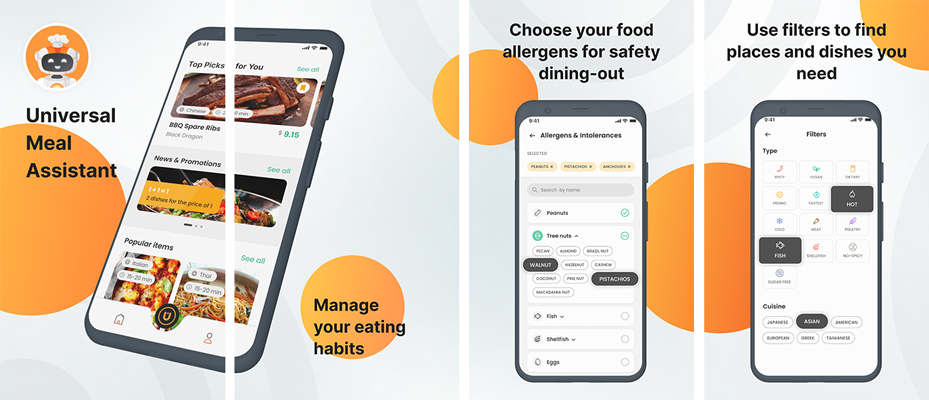
App Video
Firstly, clarity and conciseness are paramount. Ensure that the video is clear and concise, focusing on the most essential features and benefits of your app.
Secondly, prioritize visual appeal. Use high-quality visuals, animations, and transitions to make the video visually engaging.
Additionally, showcase the user experience. Highlight the app’s user interface and demonstrate how users interact with the app. Showcase intuitive navigation, smooth transitions, and key interactions to illustrate the app’s usability and appeal.
Ensure that your video complies with platform guidelines for format, duration, and content. Adhere to technical specifications for both the App Store and Google Play to optimize reach and compatibility.
A/B Testing
A/B testing, also known as split testing, is a powerful technique used in app development and marketing to compare two versions (A and B) of a feature, design element, or marketing asset to determine which one performs better in terms of user engagement, conversion rates, or other key metrics.
A/B testing allows you to experiment with variations of your app’s features by dividing users into two groups randomly, with each group exposed to a different version (A or B) of the element being tested. This could be variations in app UI, button placement, text, colors, or promotional messages.
Reviews & Ratings
Enhancing user engagement through reviews and ratings helps gather valuable feedback, because reviews offer insights into user experiences, highlighting areas of improvement and features that resonate positively with users. Additionally, reviews and answers can boost your app’s visibility in the Google Play store and ranking in search results, driving more organic downloads.
To enhance user engagement you should:
- Respond promptly to user reviews
- Encourage users to leave reviews
- Offer rewards for leaving reviews
- Gather user feedback and implement features if possible
As for the last point, analyzing user messages helps prioritize the app updates and enhancements. For example, the UMA app, which assists users with identifying food allergens and intolerances in restaurants.


Upon receiving user suggestions, the UMA team shares this feedback with their developers and marketing team to evaluate the feasibility of implementing new allergens into the app. By actively listening to user feedback and prioritizing user-requested features, the UMA app demonstrates a commitment to improving user experience and addressing the needs of its audience.
Regular Updates
Updates allow you to fix any bugs, glitches, or performance issues that users may encounter, ensuring a smoother and more reliable app experience. Regular updates often include security patches and measures to protect user data and ensure the safety of app usage, building trust among users.

When users see that the app is regularly updated, it means that the app is not neglected and that the development team is committed to delivering ongoing improvements and enhancements.
Monitoring App’s Performance
Monitoring your app’s performance is essential for understanding its success and making informed decisions to improve visibility and engagement.
Tracking metrics such as downloads, active users, and retention rates provides insights into how users interact with your app. Meanwhile, metrics like keyword rankings, conversion rates, and user reviews helps optimize your app’s presence for better discoverability and conversion.
Use app analytics platforms like Sensor Tower, SplitMetrics, Google Play Console, or Apple App Store Connect to gather detailed insights into user behavior and app performance.

Iteration
Iteration is not a one-time process but a continuous cycle of improvement that fosters innovation and user-centric app development.
Iteration enables you to refine and enhance your app over time based on user feedback, performance data, and market trends. Each iteration builds upon the previous version, leading to a more polished and user-friendly app. This ensures that your app remains relevant and valuable to its target audience.
Conclusion
ASO (App Store Optimization) plays a pivotal role in the success of your app by improving its visibility, driving organic downloads, and enhancing user engagement. Here are some final thoughts on the importance of ASO and its impact on app success:
- ASO helps your app rank higher in app store search results, making it more discoverable to potential users.
- By optimizing app metadata such as keywords, titles, and descriptions, ASO attracts relevant users who are actively searching for apps like yours.
- A well-optimized app listing with compelling visuals, informative descriptions, and positive reviews encourages users to engage with your app.
- ASO focuses on optimizing app elements that directly impact conversion rates, such as app icon, screenshots, and reviews.
- ASO is an ongoing process that requires monitoring, analysis, and iteration. Regularly updating app metadata based on user feedback, market trends, and performance data ensures sustained success for your app.
To learn more how the ITCL team can help your app outperform the competition, check out ASO service among other services and contact us for more details.


